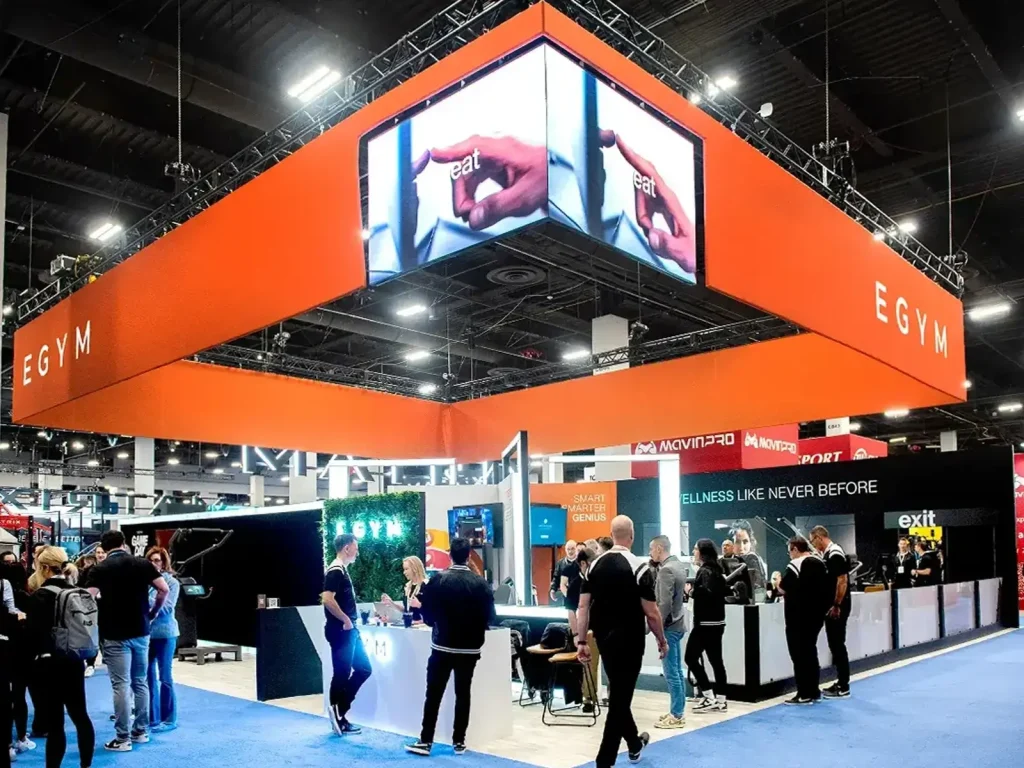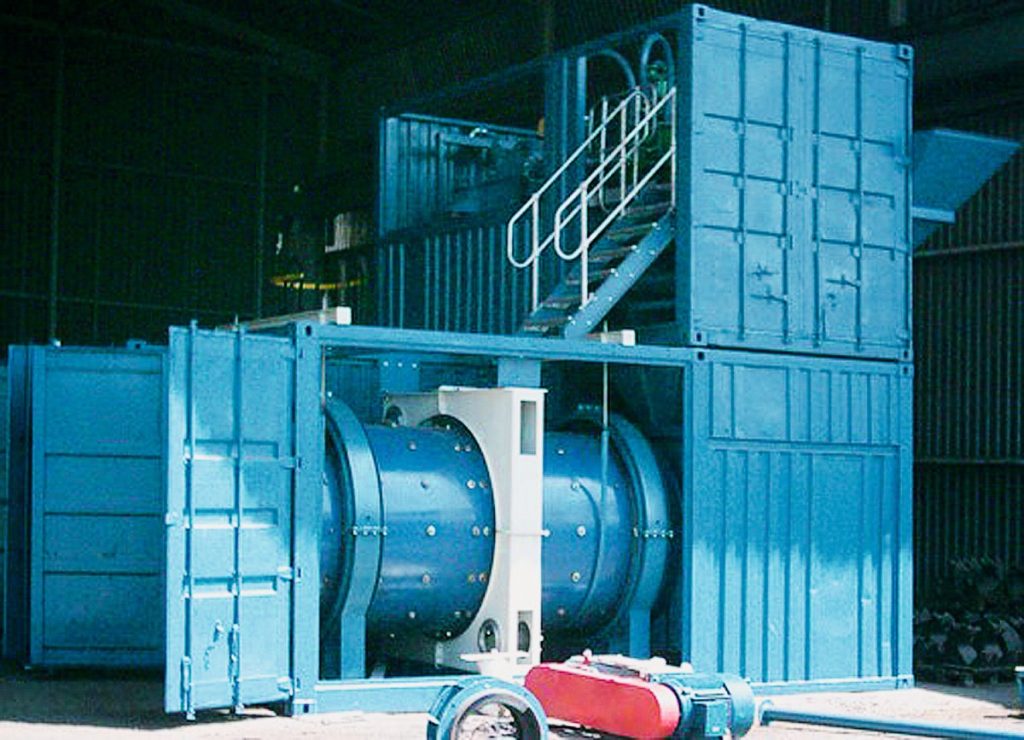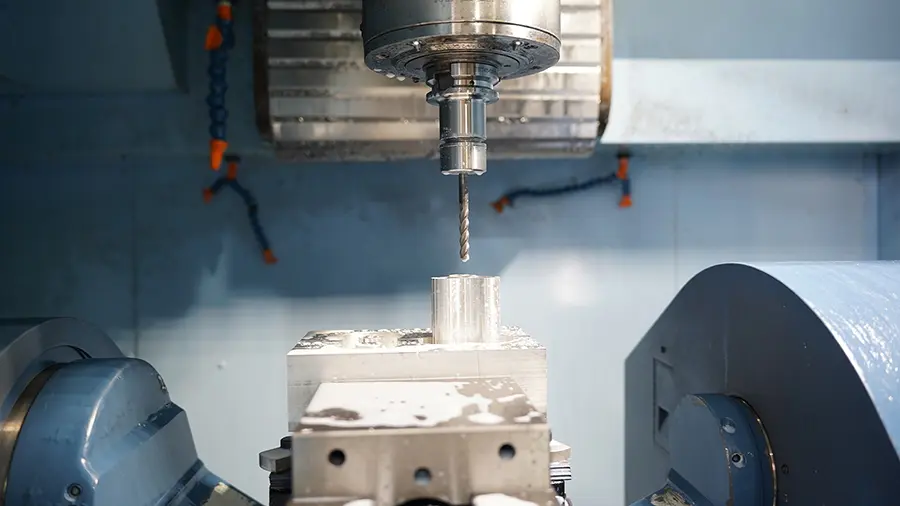Let’s be honest—most people love free stuff. But not all swag is created equal. If your trade show giveaways are low-quality or miss the mark, they could actually be doing your brand more harm than good. So, is your swag working for you, or is it quietly sabotaging your reputation? Let’s dig in and find out how to make your giveaways work harder (and smarter) for your brand.
Why Cheap Swag Can Backfire
Here’s the thing: people judge your brand by the freebies you hand out. If your swag feels flimsy, looks cheap, or breaks after a day, it sends the message that your brand cuts corners or isn’t professional.
What can go wrong with low-quality swag?
– Damaged trust: People may wonder if your products or services are just as cheap as your giveaways.
– Lost loyalty: If you don’t invest in quality for your promo items, why should customers expect more elsewhere?
– Forgettable presence: Bad swag ends up in the trash—and so does your brand’s memory!
Pro tip: Choose items that feel sturdy and look great. It shows you care about the details and value your audience. For more insights on how to make a lasting impression, check out this helpful guide on Trade Show Giveaways.

Make Sure Your Swag Matches Your Brand
Your swag should be like a mini ambassador for your brand. Every pen, tote bag, or gadget you hand out should scream, “This is who we are!”
Keep Your Look Consistent
– Use your real brand colors, logos, and design style.
– Skip random or mismatched items that don’t “feel” like your company.
– Consistency = instant recognition. You want people to spot your swag and think of you right away.
Stand for Something
It’s not just about looks. Your swag should reflect what your brand stands for.
– Are you eco-friendly? Use recycled or reusable materials.
– All about innovation? Hand out tech gadgets or smart tools.
– Committed to social good? Choose products with ethical sourcing.
When your swag lines up with your values, it builds trust and authenticity—two things every brand needs.
How to Pick Swag That Sticks
You want your giveaways to leave a lasting impression. Here’s how:
Know Your Crowd
Think about your audience:
– Are they tech nerds? Maybe offer wireless chargers or phone stands.
– Eco-conscious? Go for reusable water bottles or plantable seed kits.
– Busy professionals? Branded Moleskine notebooks or quality pens are a hit.
If your swag doesn’t make sense for your audience, it’ll just get tossed.
Quality > Quantity
It’s tempting to order a thousand cheap keychains, but…
– Fewer, better items make a bigger impact.
– Unique, useful, or well-designed swag stands out and gets used.
– Cheap, generic swag? It just makes you look, well, cheap.
Stay On-Brand
Every item should:
– Match your brand colors and style.
– Carry your logo in a way that looks good (not just slapped on).
– Reinforce your company’s message and vibe.
Common Swag Mistakes to Avoid
We’ve all seen it: booths handing out random junk that doesn’t fit their brand at all. Here’s what to watch out for:
– Random, generic items: If your swag could come from any company, you’re missing a chance to stand out.
– Poor design: Ugly swag = missed opportunity.
– Not thinking about your audience: Don’t give out stress balls at a tech conference unless you KNOW they’ll love them.
Remember: Good swag is both useful and memorable. Bad swag just takes up space.
How Do You Know If Your Swag Works?
Don’t just hope your giveaways are a hit—measure it!
Here’s how:
– Track leads: Are people stopping by your booth because of your swag?
– Use promo or QR codes: See how many people actually redeem or scan them.
– Ask for feedback: Short surveys or post-event emails can give you real insights.
– Watch your numbers: Look for increases in website visits, social follows, or new contacts after the event.
If you’re not seeing results, it might be time to rethink your swag strategy.
Tips for Memorable, Meaningful Swag
Want your trade show giveaways to be the talk of the event? Try these ideas:
– Go green: Reusable bags, bamboo utensils, or plant-based pens show you care about the planet.
– Make it an experience: Think interactive—maybe a branded game, or a cool VR demo people will talk about.
– Tell a story: Pick items that say something about who you are and what you do.
– Keep it useful: The best swag is something people actually want to keep using.
When you put thought into your swag, it turns attendees into fans—and maybe even lifelong customers.
The Bottom Line
Trade show swag isn’t just stuff—it’s a statement about your brand. Make it count! Focus on quality, keep it on-brand, and always think about what your audience will actually love and use. Your future self (and your bottom line) will thank you.




